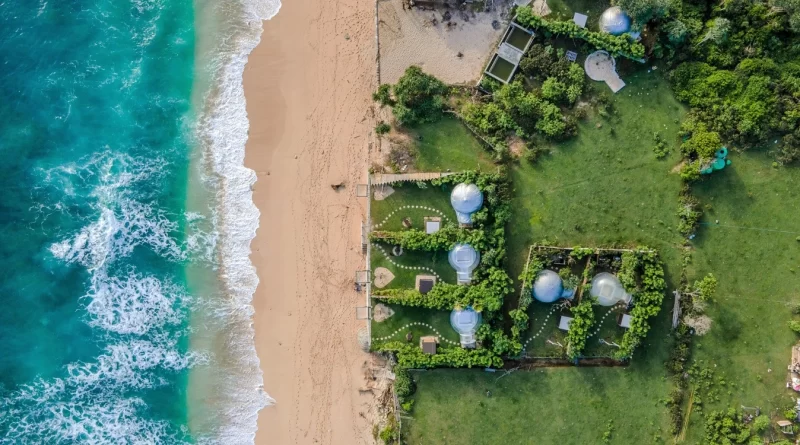Discover Paradise: The Best Seasons to Visit Bali
Bali, often referred to as the “Island of the Gods,” is a tropical paradise known for its stunning landscapes, vibrant culture, and warm hospitality. While Bali is a year-round destination, the best time to visit depends on your preferences and the type of experience you seek. In this article, we’ll explore the Best Seasons to Visit Bali and help you decide when to plan your dream trip to this Indonesian gem.
1. Dry Season (April to September): Bali’s Peak Season
Advantages:
- Sunny Days: The dry season brings clear skies and plenty of sunshine, making it ideal for outdoor activities and beach relaxation.
- Balinese Festivals: Several traditional Balinese festivals, such as Galungan and Kuningan, occur during this period, providing unique cultural experiences.
- Great for Water Sports: Calm seas and good visibility make this the perfect time for snorkeling, scuba diving, and surfing.
Considerations:
- Crowds: The dry season is Bali’s peak tourist season, so popular attractions can get crowded, and accommodations may be more expensive.
- Higher Prices: Due to high demand, hotel rates and tour costs tend to be at their highest during this time.
2. Wet Season (October to March): Experience Bali’s Green Season
Advantages:
- Lush Greenery: The rainy season transforms Bali into a lush, green paradise. The landscapes are vibrant, and the rice terraces are at their most beautiful.
- Fewer Tourists: The wet season sees fewer tourists, so you can enjoy a quieter, more relaxed experience.
- Budget-Friendly: Accommodations and tours are often more affordable during this time.
Considerations:
- Rainfall: Expect sporadic heavy rainfall, especially in the form of afternoon or evening showers. It’s essential to plan activities accordingly.
- Humidity: Bali can be quite humid during the wet season, so be prepared for muggy weather.
3. Shoulder Season (April and October): Best of Both Worlds
Advantages:
- Mild Weather: April and October are transitional months, offering a pleasant balance between the dry and wet seasons.
- Fewer Crowds: While not as crowded as the dry season, these months still offer relatively fewer tourists.
Considerations:
- Variable Weather: There may still be occasional rain showers, so it’s wise to keep an eye on the weather forecast.
Conclusion
Choosing the best season to visit Bali depends on your preferences and what kind of experience you seek. The dry season is perfect for sun-seekers, water sports enthusiasts, and those who want to explore Bali’s cultural festivals. On the other hand, the wet season offers lush landscapes and more budget-friendly options. If you prefer a balance between the two, consider the shoulder seasons. Regardless of when you visit, Bali’s natural beauty, rich culture, and warm hospitality await, ensuring a memorable and enchanting experience in this tropical paradise.
